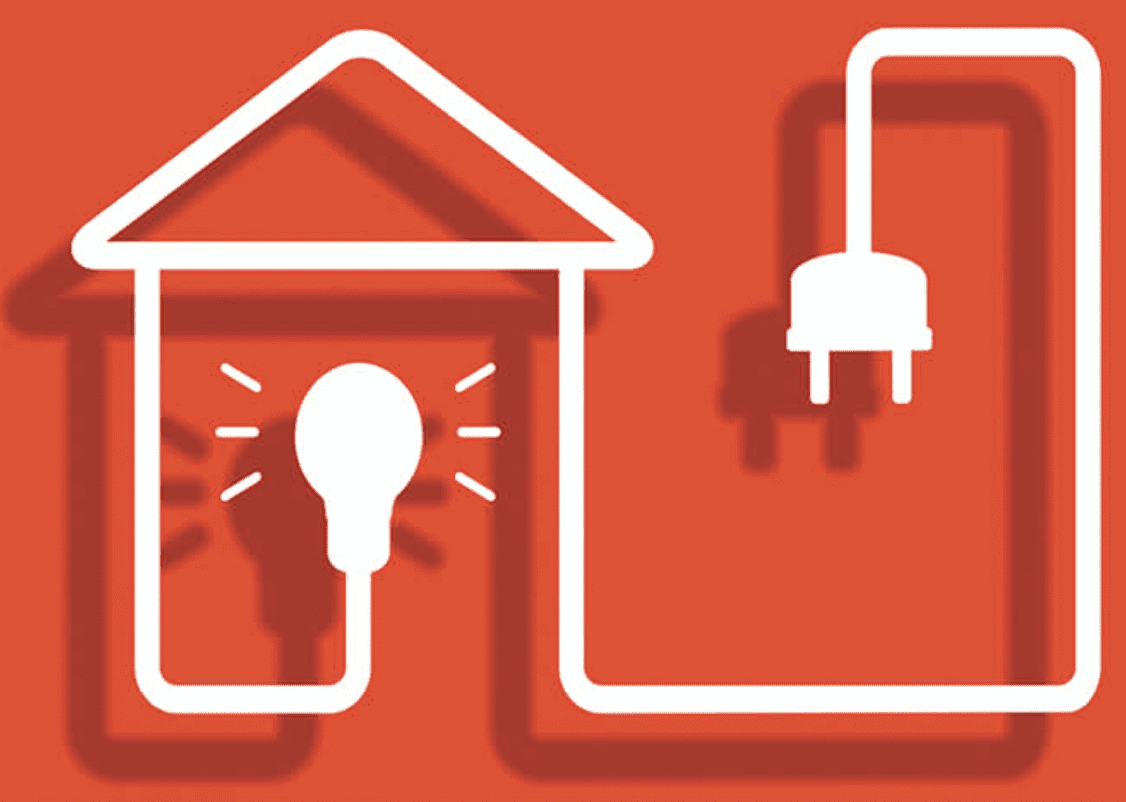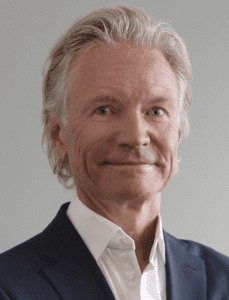The POWER Interview: A More Sustainable Future Through Electrification

Several energy industry experts recently spoke with POWER for a feature article on electrification that appeared in the April 2023 issue. There are many aspects to electrification, and its adoption is having a variety of impacts on different sectors across power generation and the overall energy landscape.
From energy efficiency to sustainability practices, electrification is a key driver of change, from transportation to manufacturing, and for residential and commercial and industrial buildings and more. Those who spoke with POWER agreed that electrification will be a long-term process that requires collaboration among different sectors to achieve a sustainable future. Electrification will be among the topics featured prominently at POWER’s Distributed Energy Conference, Aug. 14-17, in Savannah, Georgia.
ZAPI GROUP, headquartered in Italy, is a company helping engineer the transition to an all-electric future.The company features systems integration expertise across a product portfolio that includes motion controllers, electric motors, high-frequency battery chargers, and autonomous navigation software for application in full-electric and hybrid vehicles. ZAPI GROUP has more than 1,500 employees worldwide. (Editor’s note: ZAPI GROUP is hosting a virtual conference, called The Future of Electrification, on May 9-10, 2023, with a focus on the role of electrification of industrial applications in driving sustainability.)
Claes Avasjö, executive director with ZAPI GROUP, discussed various aspects of electrification and its impact on different sectors in this question-and-answer session with POWER. Avasjö’s focus is on developing people and ensuring the sustainable growth of the business. He previously held executive leadership roles at Inmotion, Kollmorgen, and Danaher Motion.
POWER: What is the most important aspect of electrification? Is it moving away from fossil fuels? Is it an increased emphasis on energy efficiency? Should something else be on top of the conversation?
Avasjö: During the initial phases of modern electrification, energy efficiency played a crucial role in driving growth. The focus was on saving fuel and improving equipment performance. However, as technology advances, the focus has shifted toward environmental issues like air pollution and climate change. Today, the primary driver of electrification is the need to transition to a more sustainable future. Electrification has the potential to reduce carbon emissions, improve air quality, and create a healthier and safer working environment. This involves moving away from fossil fuels in the transportation, equipment, and materials sectors. Electric equipment is a key driver of change in our society and can make a significant difference in mitigating climate change. Though it’s a long-term process, the transition to electrification is essential for achieving a sustainable future.

In an industrial context, there are numerous benefits of electrification. For example, electric construction equipment can lead to productivity gains due to better acceleration and driving performance. But one of the most significant operational benefits is that it can reduce noise and emissions, which directly impacts workers’ health. Safe working conditions are especially important for workers on construction sites, where noise pollution can cause hearing loss, excessive vibrations from internal combustion engines can lead to fatigue problems, and diesel emissions can lead to respiratory illness.
From a broader community perspective, electrification can lead to a better quality of life for people in urban areas, where air and noise pollution are significant problems.
POWER: Who should drive the push toward electrification–should it be government (local, state, federal), the utility sector, or the commercial/industrial and/or residential sector?
Avasjö: The push toward electrification should be a collaborative effort among governments, utility sectors, residential and commercial, and industrial sectors. In fact, society as a whole needs to participate in and support electrification. Governments are responsible for creating policies that incentivize electrification, while utility sectors should invest in infrastructure to make it more accessible and scalable. Residential and commercial sectors have begun to adopt electrification in their buildings and vehicles, and industrial sectors have started to embrace electrification in their transportation, construction equipment and manufacturing processes. All sectors need to collaborate to achieve the goal of electrification.
POWER: How will the move toward electrification impact the power grid? Will there be enough electricity supply to satisfy the increased demand?
Avasjö: There are debates on this topic, but it’s clear that we cannot rely solely on our current power sources. The move toward electrification will require more renewable energy sources, such as wind power, new nuclear plants, or solar power plants. The transition to electrification requires significant investments in infrastructure that can support widespread adoption.
As demand for electric applications increases, government and utility sectors need to work together to ensure there is enough electrical supply. One approach to achieving this goal is transitioning to a more circular economy. This concept can be helpful in discussing ways to reduce electricity demand. A circular economy aims to minimize waste and maximize the use of resources by keeping materials in use for as long as possible. Reusing materials in products instead of extracting new resources can reduce the demand for more electricity. This is because producing new resources and materials requires a large amount of energy. Therefore, by keeping materials in use, less new energy is needed, resulting in a reduction in the demand for electricity.
POWER: Industry experts have been discussing the economic impacts of electrification, including the need for investments in more power generation, and upgrades to the transmission and distribution system. Will these issues, and perhaps others, slow the electrification process, particularly if they result in higher utility bills for consumers?
Avasjö: Electrification faces several challenges and barriers, including a lack of infrastructure and the ability of the power grid to handle the increased demand for electricity. The success of electrification depends on having the proper infrastructure to support it, including not only charging stations but also the power grid itself as discussed above.
In addition to infrastructure, one of the biggest challenges of vehicle or machinery electrification is integrating electric components and transitioning from a combustion engine to a full electric machine. This process requires a redesign of the entire electric drive system to optimize the electric machine. Mid-size and smaller original equipment manufacturers (OEM) may not have the necessary expertise in electric powertrain systems, making education and training critical to ensure a successful transition to electrification.
Successful electrification in an industrial context requires a shift in how businesses such as equipment dealerships, suppliers of fleet equipment and local governments operate. For example, with a transition to electric equipment traditional dealerships have to change their model to accommodate fewer parts, less frequent service and more customer education and support. Suppliers of fleet equipment may find that their customers are looking for lease, rental or pay-as-you-go options as they transition to electric equipment. Local governments or municipalities will require transport planning to predict the usage demand in future travel to determine the type and number of vehicles, charging schedules and infrastructure required.
Ultimately, a significant challenge of electrification is to ensuring it is done responsibly and sustainably. It is essential to consider the entire life cycle of products and to strive for a circular economy, which involves reusing and recycling materials wherever possible to minimize waste and reduce environmental impact.
At ZAPI GROUP, we are continuously looking at ways to be more transparent and take action to support sustainability practices. We work with suppliers who share our values and are committed to ensuring our products are environmentally friendly and sustainable. We also work with global industrial vehicle manufacturers to help them transition to electrification and provide the support they need to make it a successful transition.
—Darrell Proctor is a senior associate editor for POWER (@POWERmagazine).
The post The POWER Interview: A More Sustainable Future Through Electrification appeared first on POWER Magazine.